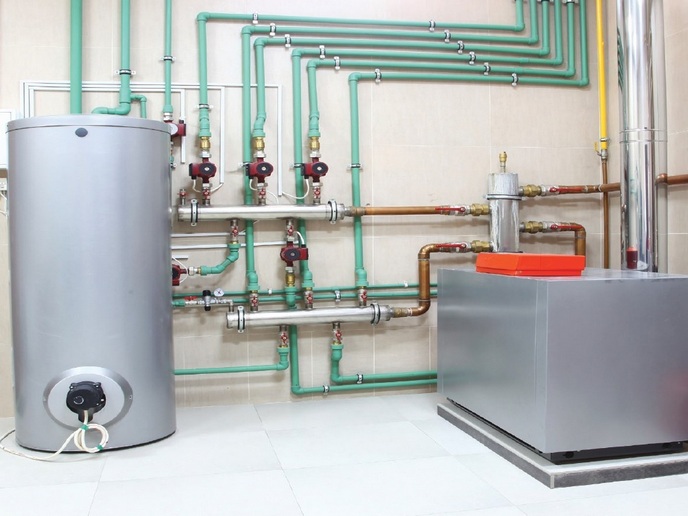Retrofit energy efficiency labels for old heating appliances
About 35% of the EU’s buildings are more than 50 years old and almost 75 % are currently energy inefficient. Given that buildings are responsible for 40 % of the EU’s total energy consumption, and 85 % of this is for heating and hot water, replacing outdated heating appliances with newer, more efficient models will have significant impact on energy consumption, emissions and consumer expenses. This requires that homeowners be able to identify the inefficiency of their current heating appliance and understand the saving opportunities of replacing it with a more energy-efficient alternative. “The EU’s energy label has proved to be a great decision support tool that consumers depend on when evaluating the efficiency of a new appliance,” explains project coordinator Joana Fernandes of the Agency for Energy (ADENE) (website in Portuguese). Not having these well-known labels on most of Europe’s installed heating stock makes it harder for consumers to fully understand the benefits of transitioning to more efficient systems. The EU-funded HARP project has filled this critical gap.
Discover the energy efficiency of your old heating appliance
“Homeowners tend not to think about heating until their system breaks down,” says Fernandes. When it does break down, replacing it is often a rushed process. “This urgency hinders the chance of looking for the best solutions and making smarter choices regarding a heating system that will likely be in operation for the next 20 years,” adds Rui Fragoso, also an ADENE energy expert. According to both Fernandes and Fragoso, smarter, more effective purchasing decisions start with having the right information. “By creating a similar energy labelling method for existing heating appliances, the HARP project ensures homeowners understand the inefficiency of their current solution”, remarks Fragoso. These ‘retrofit energy efficiency labels’ are accompanied by an online application. “The tool was developed to assist the consumer in their journey from discovering the energy classification of the existing heating appliance to an overview of available replacement options and calculation of potential energy, economic and environmental savings”, says Fernandes. The web-based tool is available in multiple languages (DE, EN, ES, FR, IT, PT) and tailored to region-specific information. The only inputs required are the type, energy source and age of the existing heating appliance, the square metres of the residence and its number of inhabitants. In addition to energy class and replacement options, it even lists available subsidies and installer contact information. Users in countries not included can compare heating appliances using a country with similar climate.
Knowledge is power
The project website contains a vast collection of supporting material for consumers and professionals regarding installed and new eco-friendly heating solutions and labelling guidelines. In addition, there is a replacement guide for consumers and a toolbox for professionals. The project’s communication campaigns had a potential outreach of more than 9 million consumers and more than 150 000 professionals, tremendously more than targeted. Use of the online application generated more than 35 000 labels with 18 000 consumers evaluating replacement solutions. Further, the project trained 1 000 heating professionals, supporting their adoption of the retrofit energy label in their daily work. Fernandes concludes: “Replacing ageing heating appliances will support the energy transition process and climate change mitigation while reducing consumer’s energy bills, EU energy dependence and the heating sector carbon footprint.”
Keywords
HARP, energy, heating, heating appliances, energy class, energy label, energy efficiency, heating stock







